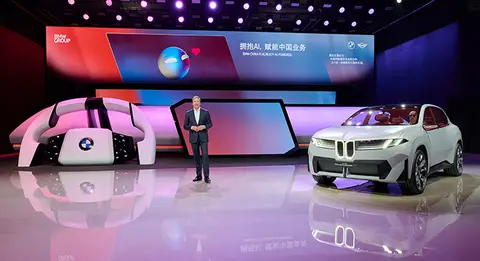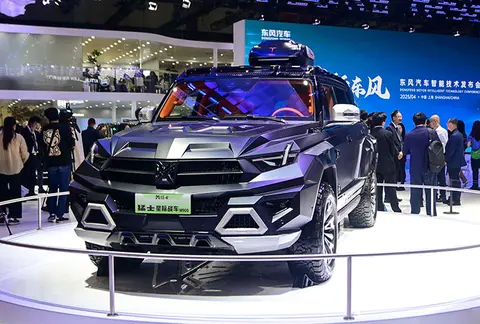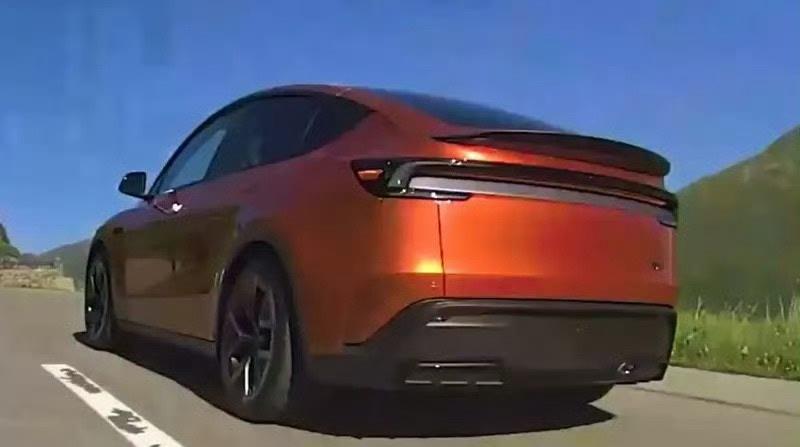News
SAIC Volkswagen Launches ID.3 GTX Package Edition with Prices Starting at $19,136
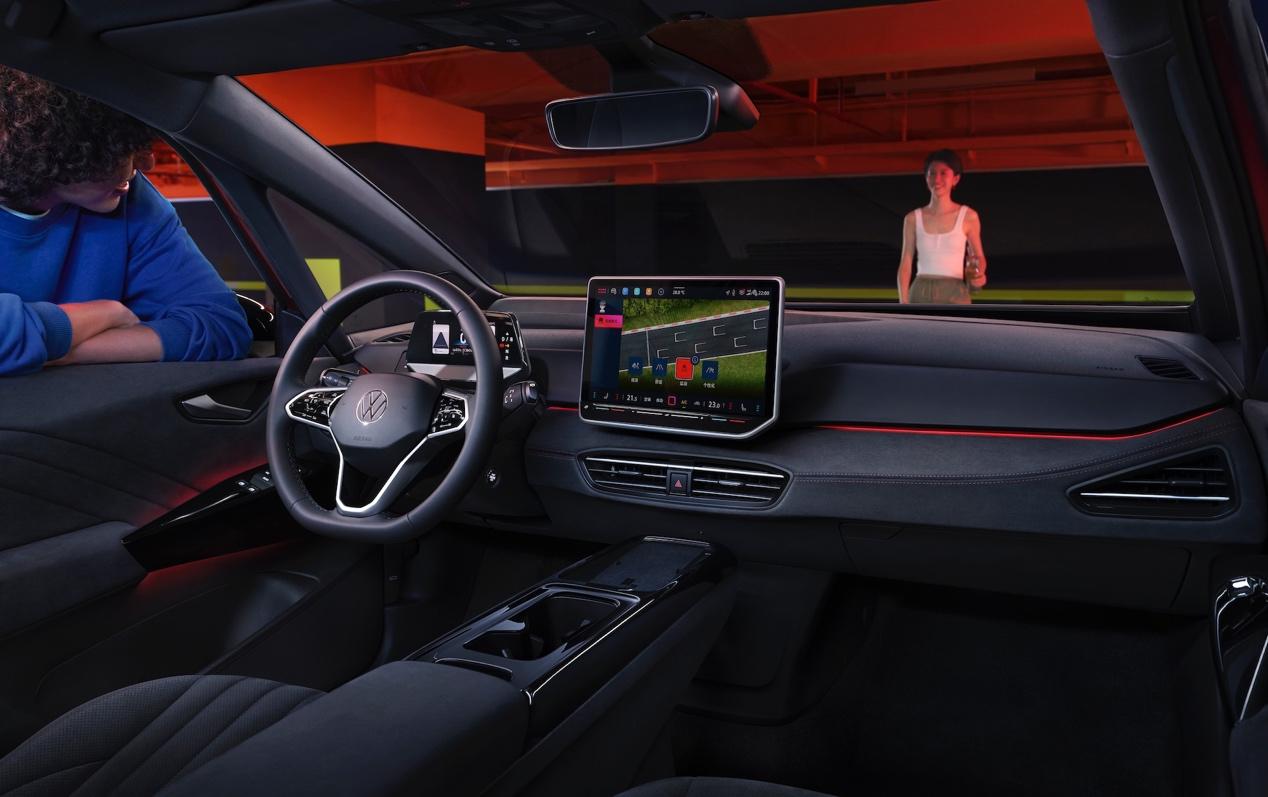
On June 14, SAIC Volkswagen officially launched the ID.3 GTX Package Edition at the Guangzhou ID.Festival, introducing a limited-time starting price of $19,136. This event, deeply involving over 100 ID. vehicle owners, marked not only the product's debut but also SAIC Volkswagen's strategic shift from 'product supply' to 'experience supply.'
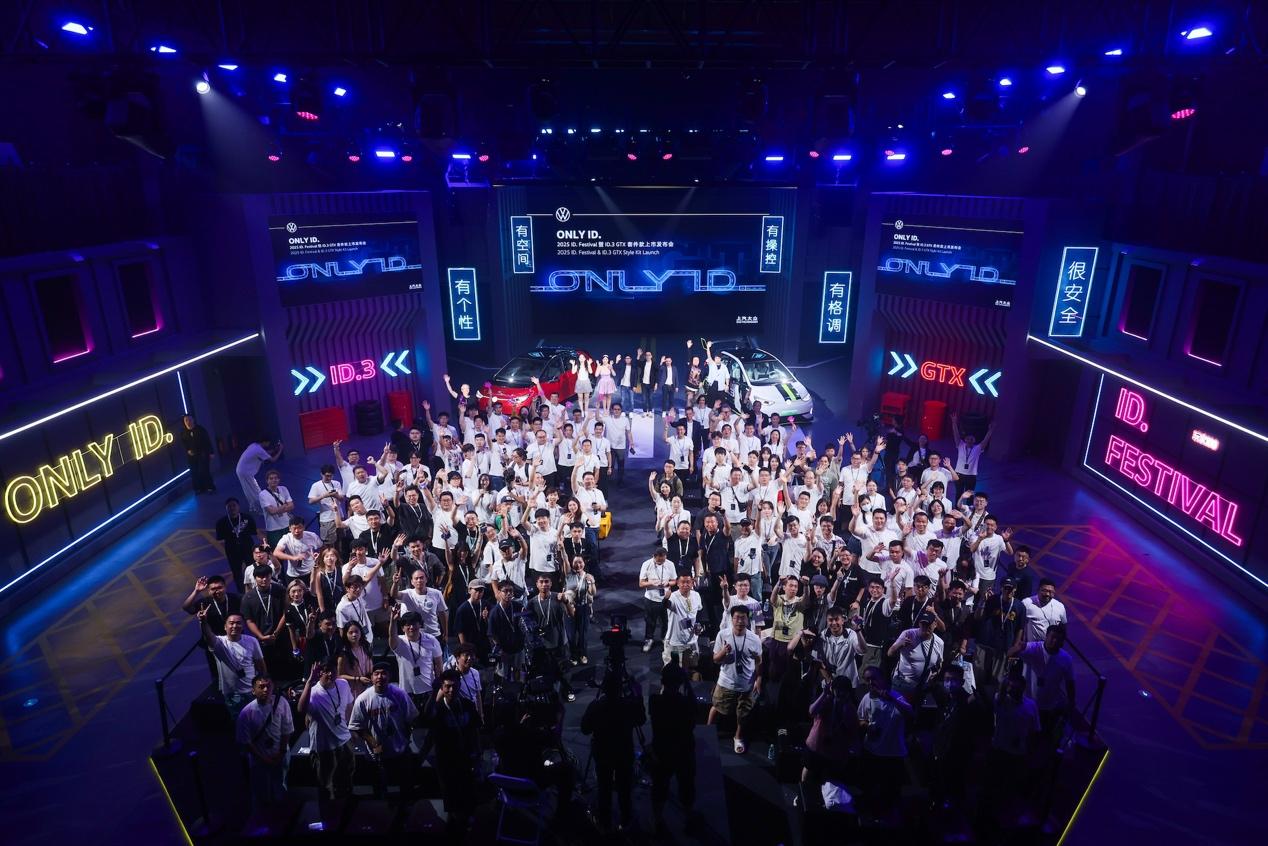
From a design perspective, the ID.3 GTX Package Edition inherits the sporty DNA of the overseas GTX variant. Features such as a honeycomb-patterned blackened front bumper, high-gloss black side skirts, and 20-inch dual-tone blade-style wheels, combined with exclusive GT red paint and a black roof, create an aggressive visual appeal.
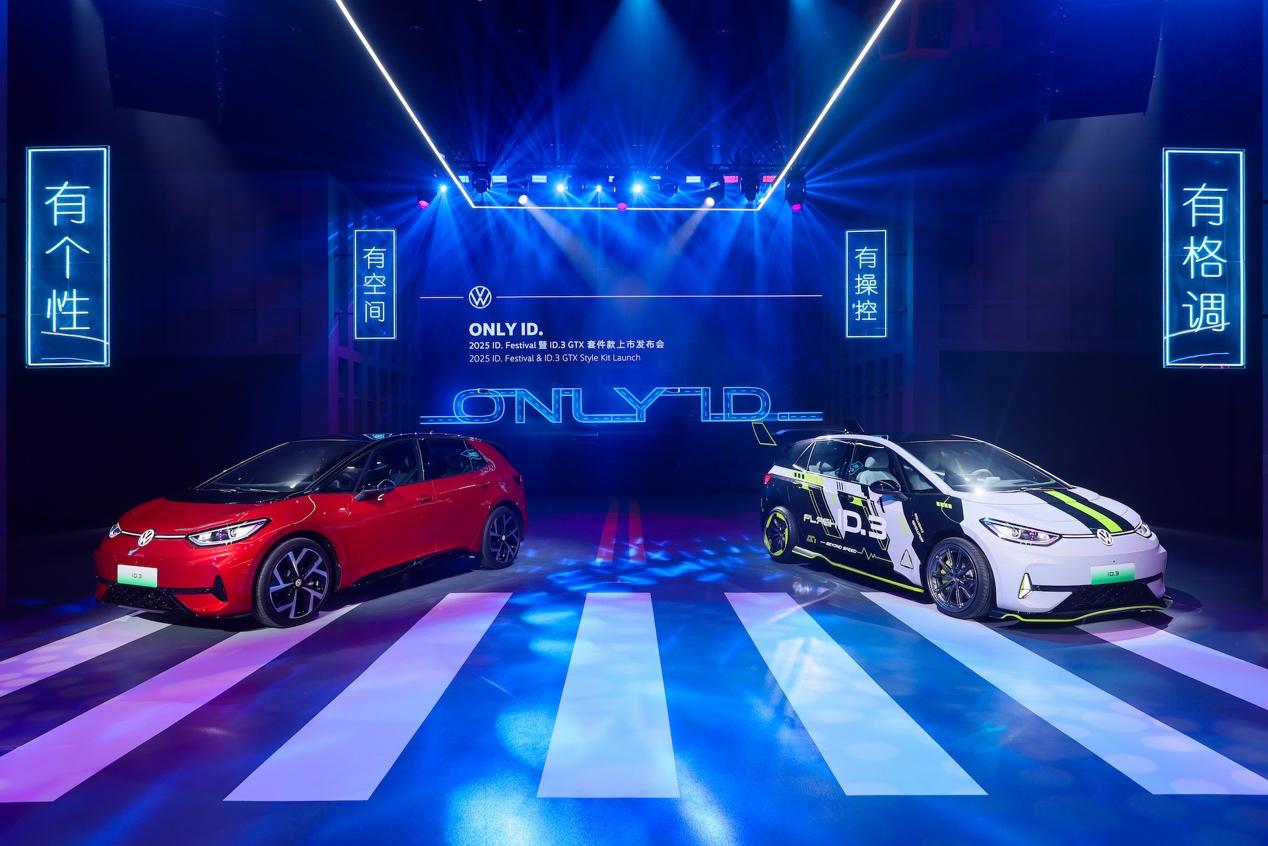
The vehicle's dimensions have been slightly adjusted to 4266mm in length (an increase of 5mm compared to the standard ID.3), while the wheelbase remains at 2765mm, delivering a spacious interior comparable to midsize sedans.

Inside, the cabin features full black suede material covering the dashboard and door panels, while the sporty seats, accented with red stitching, are made of a leather-suede hybrid for comfort and support. Standard equipment includes a 5.3-inch digital instrument cluster and a 12.9-inch floating touchscreen, complemented by an AR-HUD for the premium Extreme Edition, creating a tech-forward and sporty atmosphere.
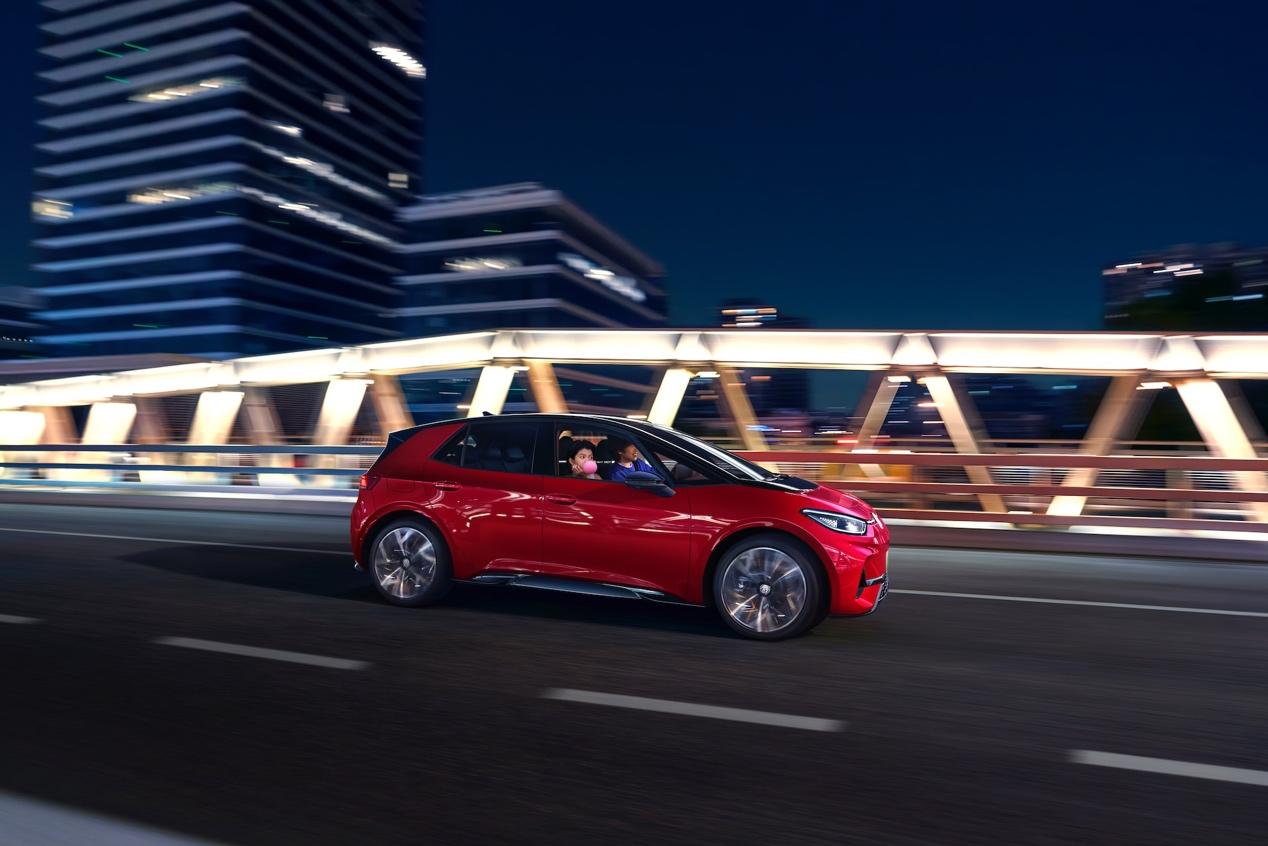
The powertrain retains the rear-mounted, rear-wheel-drive layout of the ID.3, with a 125kW motor paired with a 53.6kWh lithium iron phosphate battery. This setup offers a CLTC range of 451 km (280 miles) and a low energy consumption of 13.4kWh per 100 km.
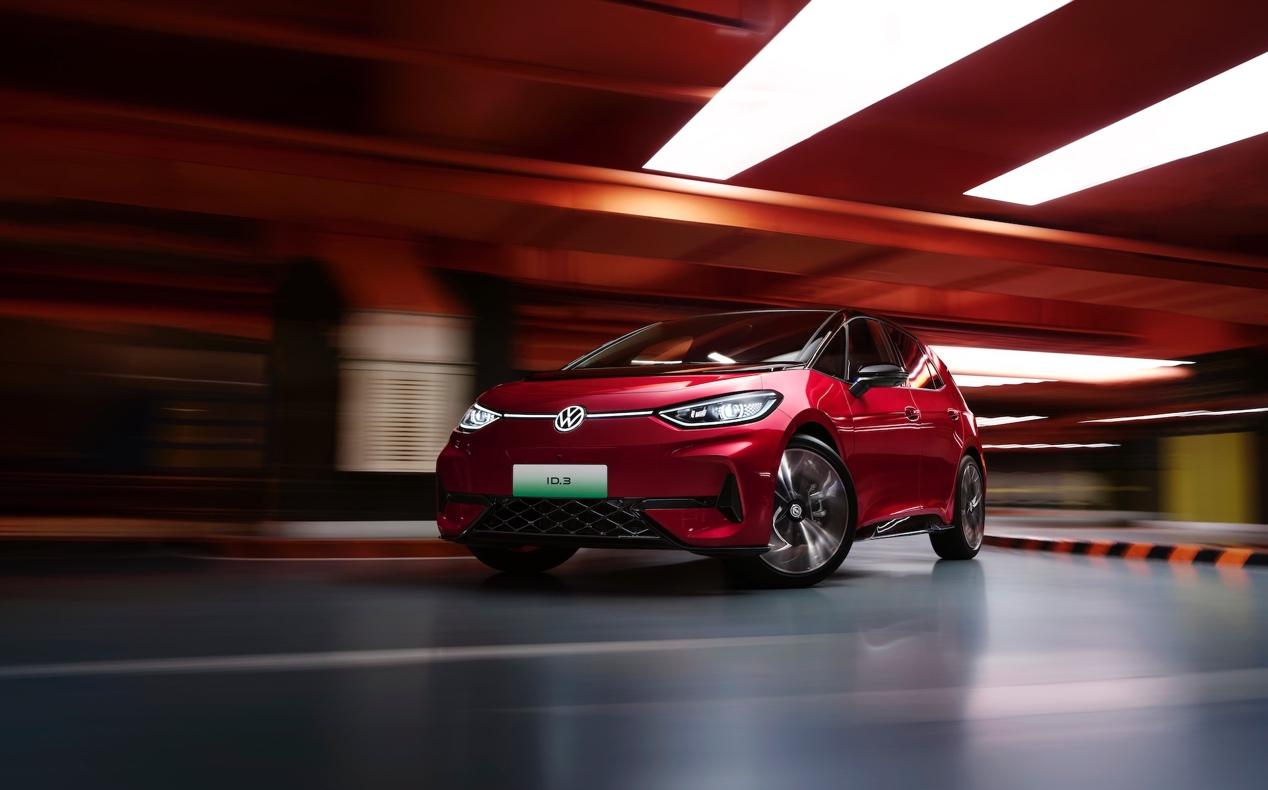
Driving dynamics have been significantly enhanced. The steering ratio has been reduced by 12% to improve precision, rear wheel toe angle increased by 0.15 degrees for better cornering stability, and the suspension lowered by 10mm to minimize body roll. These adjustments give the ID.3 GTX Package Edition the signature resilience of a German-engineered chassis during urban commutes.
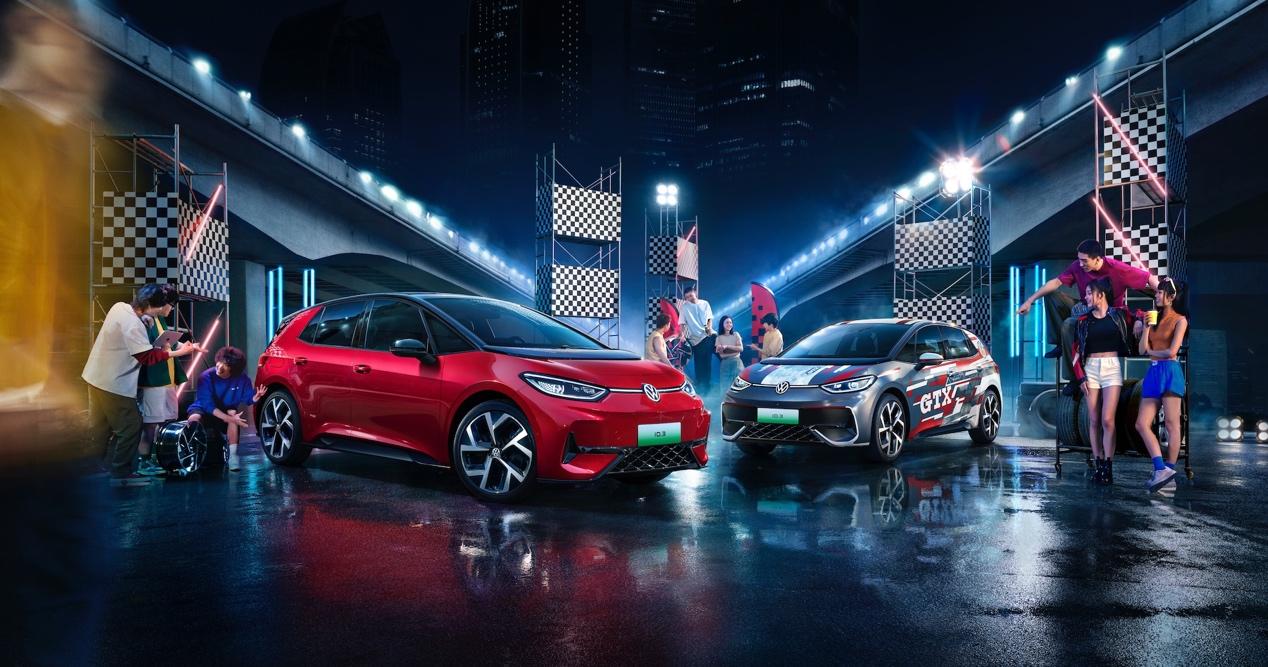
Clearly, the ID.3 GTX Package Edition targets younger consumers through factory-installed sporty designs and personalized services, such as limited-edition car wraps. While its design language and detail optimizations form its core competitiveness, there is still room for improvement in key performance metrics.
Where is SAIC Volkswagen’s ID series heading?
As the central pillar of Volkswagen Group’s electrification strategy, the ID series has shown steady progress in the Chinese market. In 2024, SAIC Volkswagen achieved a total annual sales milestone of 130,000 units for the ID series, with the ID.3 leading the segment with 98,300 units sold, securing the top spot among joint-venture brand EVs.
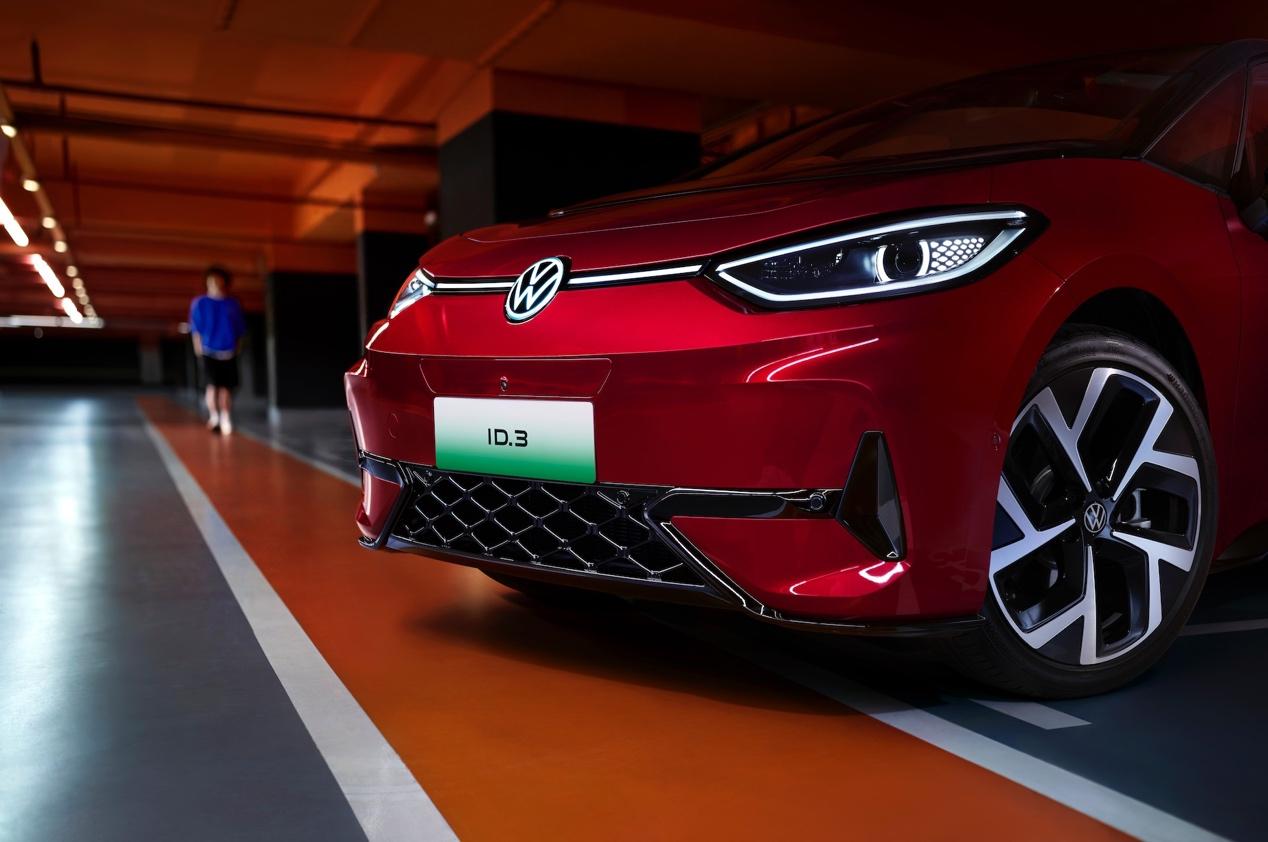
Momentum continued into 2025. Data shows first-quarter sales of the ID series reached 48,000 units (a year-over-year increase of 156%), with March alone seeing ID.3 sales exceed 18,000 units—a record high. May sales for the ID.3 reached 4,217 units, maintaining its position as a leading player among joint-venture EVs despite intensified market competition.

The success of the ID series stems from precise product positioning and strategic planning. Within the $16,718–$20,897 price range, the ID.3 stands out with German engineering and sporty design, differentiating itself from competitors like the MG4 EV and BYD Dolphin. Higher-end models such as the ID.4X and ID.6X leverage smart upgrades, with limited-time discounts lowering entry prices to $19,493, directly competing with mainstream offerings like the BYD Song PLUS EV.

Noteworthy innovations include the globally debuted ID.ERA range-extended concept car at the 2025 Greater Bay Area Auto Show. With a combined range exceeding 1,000 km (621 miles), it integrates the high-efficiency EA211 range extender and Smart Surface interactive panels, showcasing the brand’s foresight in EV technologies. By 2026, six new energy models are planned for launch, spanning pure electric, plug-in hybrid, and range-extended platforms, further refining the 'SUV for Everyone' product matrix.

Despite its achievements, the ID series faces multiple challenges. Externally, the Chinese EV market has entered a 'white-hot' competition phase. By January 2025, domestic brands had achieved a 60.6% penetration rate in the NEV segment, while mainstream joint-venture brands struggled at 3%. Market share continues to be eroded by local players like BYD and XPeng.
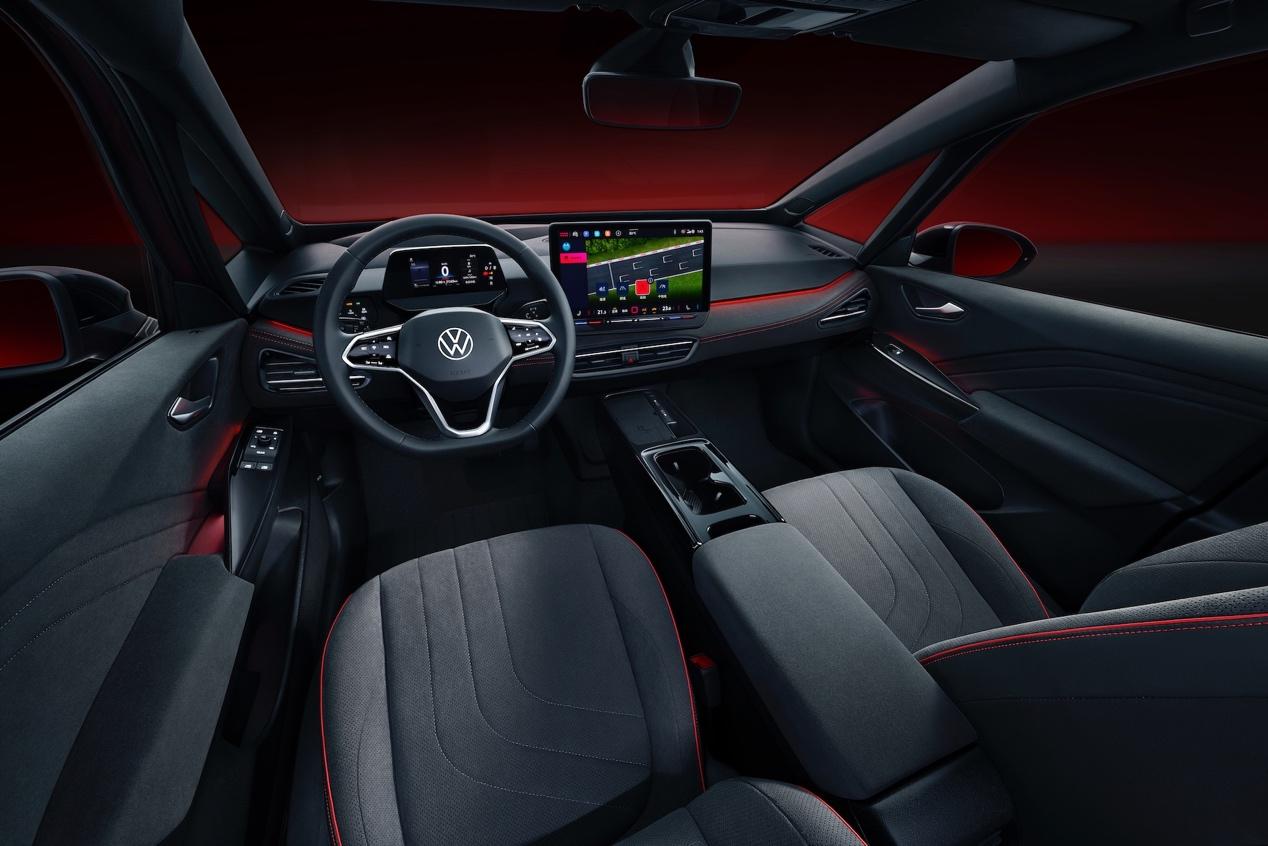
Additionally, intelligent features remain a key weakness for the ID series. While basic functions like lane-keeping and 360-degree cameras are standard, the vehicle’s system responsiveness, OTA update frequency, and advanced driver assistance capabilities lag behind newer competitors.
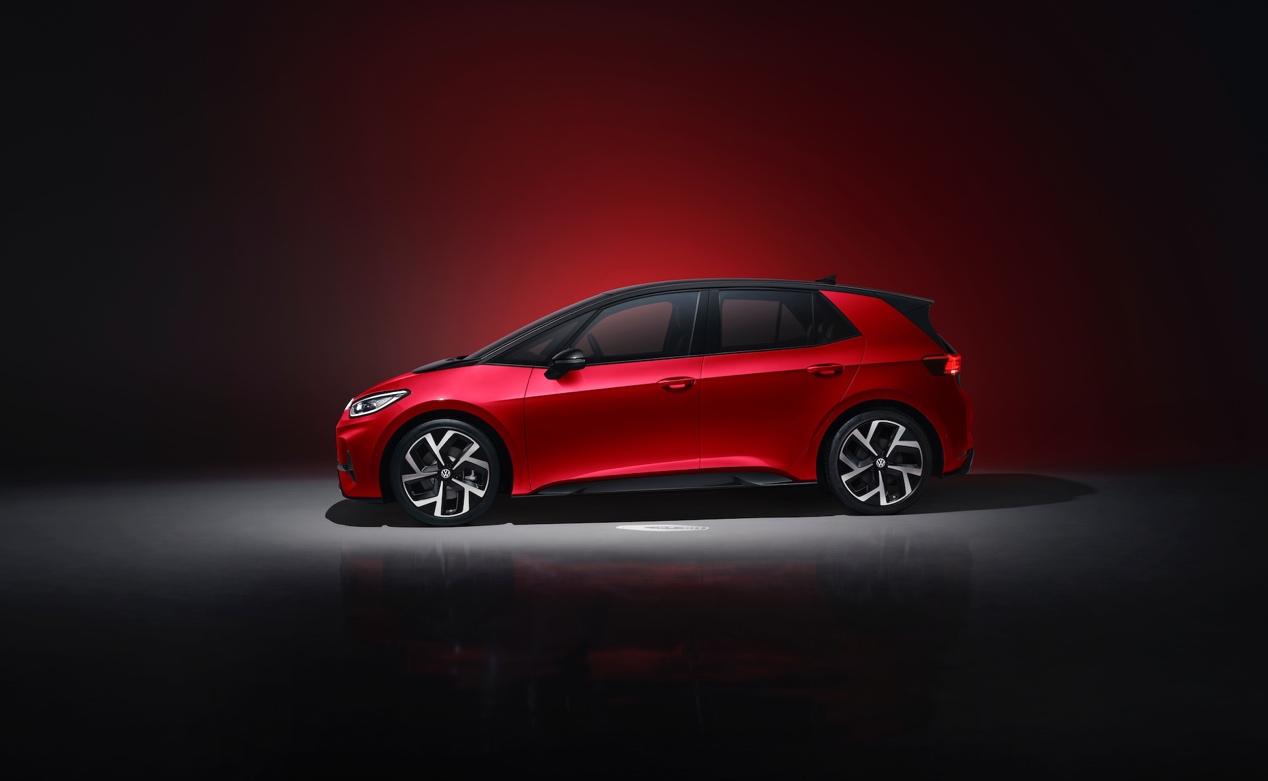
Fortunately, SAIC Volkswagen is pursuing multi-dimensional innovation to address these gaps. On the product side, the launch of the ID.3 GTX Package Edition signifies a shift from 'product supply' to 'experience supply,' appealing to younger consumers through sporty designs and personalized services like limited-edition wraps.

Channel-wise, initiatives like fixed pricing policies and dealer performance reforms aim to reshape the service ecosystem and mitigate price war pressures. Long-term strategies include accelerating SSP platform deployment and revitalizing partnerships with local tech firms to enhance intelligent driving capabilities.
Editor’s Take
The launch of the ID.3 GTX Package Edition is not just an upgrade for a single model—it reflects traditional automakers’ strategic reevaluation amid the EV wave. From renaming conventions (e.g., ID.2 potentially being rebranded as Polo) to expanding technical pathways (range-extending and 800V platforms), Volkswagen Group is leveraging 'classic IP transitions' and 'localized technology' to rejuvenate its brand identity. While these tactics may help overcome cognitive barriers in the short term, long-term competitiveness ultimately hinges on comprehensive product improvements.

For consumers, the ID.3 GTX Package Edition offers a new choice combining 'German quality with personal expression.' Its strengths lie in its mature chassis tuning, reliable electrical systems, and the solid backing of the Volkswagen brand, making it ideal for users who prioritize driving dynamics and practicality. However, the model still needs to learn from domestic brands in areas like intelligent features and range performance.

Ultimately, the trajectory of SAIC Volkswagen’s ID series underscores the duality faced by legacy automakers during the electrification transition. It highlights their deep-rooted capabilities and resource integration while exposing tensions between institutional inertia and innovation speed. Whether Volkswagen can achieve breakthroughs in intelligence and localization through initiatives like the ID.ERA production model and SSP platform rollout will determine its ability to rebuild competitive advantages in the era of joint-venture 2.0.

